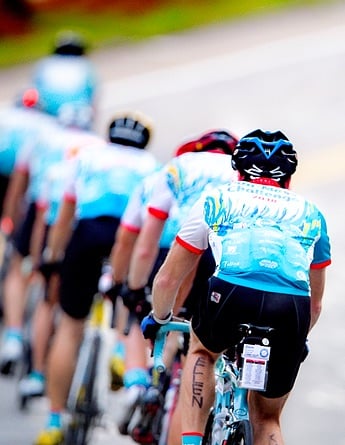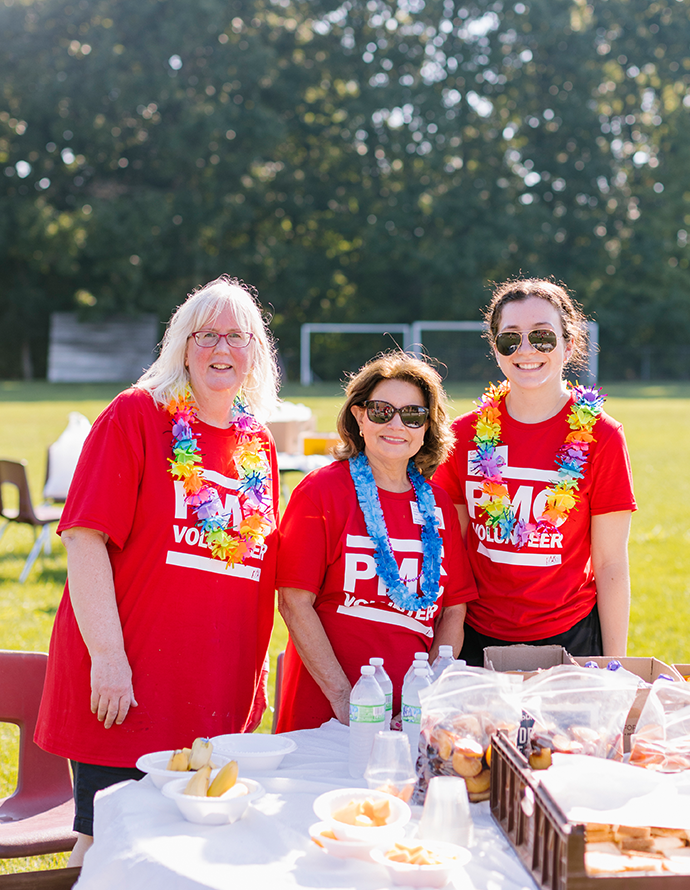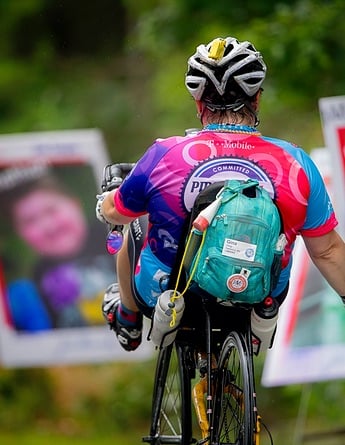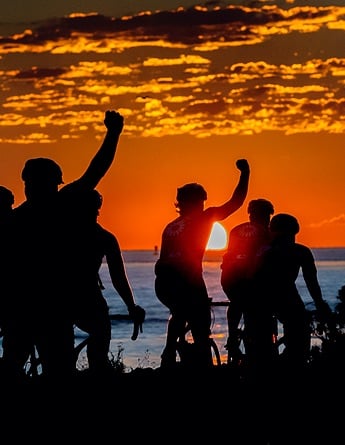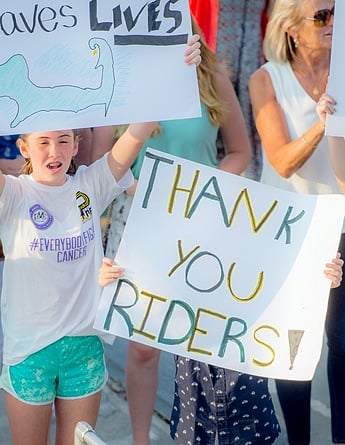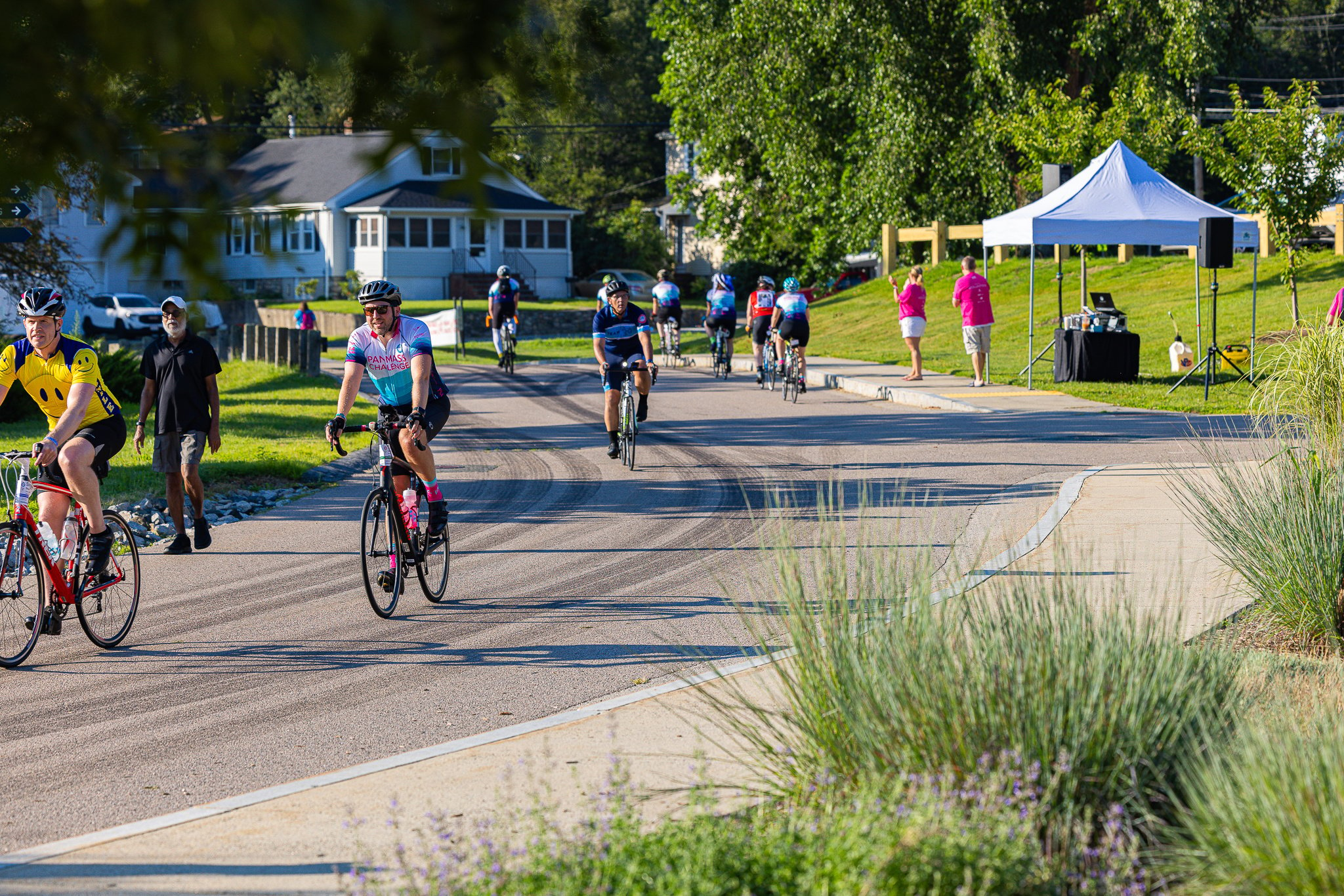
DECEMBER 9, 2009, 8:12 A.M. ET
CONSUMER FINANCE: Running, Biking Your Way To Good Works
By Andrea Coombes
In 1986, Bruce Cleland's two-year-old daughter, Georgia, was diagnosed with leukemia. Soon after, he and his wife started volunteering for the local Leukemia & Lymphoma Society, in part to "ease their own pain," he says now. A year later, after one of many black-tie, gala fundraising events, Cleland said recently, "We were tired and haggard. We'd done rather well, made $100,000 or so," he said, but "I was thinking there's got to be another way to scale this thing up so the same group of three or four people aren't carrying all the load." Cleland's idea? Ask companies to pony up money to sponsor employees who agree to run a marathon. The idea grew to include personal sponsorships--individuals donating on behalf of individuals. Fast forward to December 1988: Cleland and his group of 38 fellow athletes run the New York City marathon. All told, they raised $320,000 for leukemia research and patient services. He and his band of runners set in motion the Leukemia & Lymphoma Society's Team in Training program. The group of 38 has turned into some 40,000 people participating every year. In exchange for raising a minimum dollar amount, they take part in a months-long training regimen that culminates in a marathon, triathlon, cycling or hiking event. Team in Training events raised some $110 million for the society's research and patient-services work in 2009. Cleland wasn't the first to link athleticism to fundraising. In 1980, Billy Starr, who lost his mother to cancer when he was in his 20s, started the Pan-Massachusetts Challenge, a long-distance bike ride that raised $10,000 for cancer research in its first year. In 2008, the two-day event--cyclists ride routes as long as 190 miles--raised $38 million for the Dana-Farber Cancer Institute in Boston. The American Cancer Society's Relay for Life isn't considered an endurance event, but it requires stamina: Participants join teams and on the day of the event each team must have at least one person walking the track for the next 24 hours. The event started in 1985 when one man--Dr. Gordy Klatt, a surgeon from Tacoma, Wash.--raised $27,000 by running a track for 24 hours. More than 5,000 Relay for Life events took place in 2008, raising about $409 million for the American Cancer Society. These programs are not unlike the typical walk-a-thons that first started in the early 1970s and continue today, but some events are far more strenuous. Take the AIDS LifeCycle. The event, first launched in 2002, is a seven-day, 600-mile bike ride from San Francisco to Los Angeles. (In 2009, the event raised more than $11 million for the San Francisco AIDS Foundation and L.A. Gay & Lesbian Center.) The top 30 athletic fundraiser events raised a total of $1.76 billion in 2008, according to the Run Walk Ride Fundraising Council, a for-profit business that advises nonprofits on operating such programs. "It's a very compelling way to raise funds," said David Hessekiel, president of the council. "People are more apt to give to their friends and neighbors when they're friends and neighbors are doing something that shows a real commitment. Putting yourself out there and saying I'm going to take a physical challenge is impressive to people." Plus, technology is helping such programs grow; requesting donations is much simpler. "The old days [entailed] walking around with a piece of paper and asking for money," Hessekiel said. "Now it's all in one fell swoop. You can encourage them to follow a link from an email you send, go to a site, sign up, put it on the credit card." Some Web sites that provide fundraising services to nonprofit groups can also be used by individuals who want to turn a personal athletic challenge into a fundraising program for their favorite cause. Even Richard Branson, head of the Virgin Group, is embracing the idea: He's vowed to run the London Marathon and is seeking donations on his behalf for Virgin Group's nonprofit foundation. The company started a U.K. site aimed at aiding online fundraising. Still, isn't there something inherently selfish about taking on a personal challenge as a fundraising activity? I asked myself that as I prepared to take part in a two-day, 200-mile bike ride earlier this year, to raise money for the San Francisco Aids Foundation. I sure did enjoy the training, and the ride itself--is that what fundraising is supposed to be like? But maybe that's the point. These events connect disparate people to the cause, Cleland said. "They have what's hopefully a very positive experience over the period of months preparing for the event, they're doing something extraordinary they wouldn't have done otherwise, and then they walk away with a very strong and positive bond [to the charity] which I think in many cases lasts the rest of their lives." I can certainly attest that over the course of our ride, I became very connected to the cause and the people. Some of my fellow participants are HIV positive. Some 65 of us raised more than $200,000 for education and prevention. Some critics don't like to see fundraising dollars going to pay the costs of such programs. In some cases, charitable groups fly participants to events in far-flung locales. On my bike ride, we were put up in a hotel overnight (adequate lodgings but definitely not luxurious). In general, charities require a minimum dollar amount be raised--if you don't raise it, you pay out of your own pocket--with that minimum based on the event's costs. For instance, the Leukemia & Lymphoma Society creates a fundraising formula that ensures that related costs don't exceed 25% of the total raised. One of the American Stroke Association's Train to End Stroke events takes place in Hawaii. Participants must raise at least $4,900 for that event, said Melissa Shirtcliff, director of the program. "Each program has its expenses," Shirtcliff said. And those costs are offset by benefits for the charities. Athletic participants "are volunteers for the course of six months," Shirtcliff said. "We get to educate them to lead healthier lifestyles as well as educate them on other events that we do." Still, there's no getting around the fact that funds raised may go to cover airfares and lodging for participants. "Obviously these endeavors have a place in each charity's mix of revenue," said Sandra Miniutti, vice president of Charity Navigator, a charity rating site. But, they may be more cost effective than the traditional gala event. "They have the ability to cultivate more people and bring more people in. You can ask someone for $10. For a gala, you're charging $500 a ticket and it may cost $300 a person to pull it off." And, Cleland noted, these events attract ordinary people, whereas philanthropy is often considered a province of the wealthy. "If there's a magic to this event, it's that it has been able to transcend those kinds of barriers of wealth and affluence. It enables ordinary people to participate." Another bit of magic: Cleland's daughter Georgia is a survivor. She celebrates her 26th birthday this month. (Andrea Coombes is a writer for MarketWatch. She can be reached at 415-439-6400 or via email at AskNewswires@dowjones.com.)



